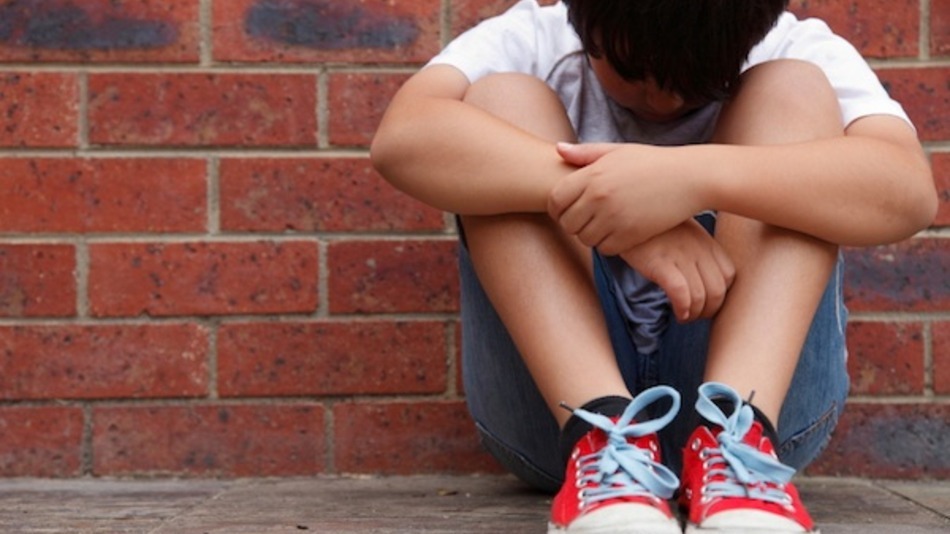What to do when your child is the ‘bully’

Jamie Davis Smith, The Washington Post
It’s an unhappy truth: At some point in your child’s life, it is likely that he will be bullied or be a bully. Possibly both. It is important that children know what to do if they find themselves being bullied, and for parents to know what to do if their child is on either end of it.
Whether your child is a victim or a perpetrator, Kyle D. Pruett, a clinical professor of child psychiatry at Yale School of Medicine, has some advice on how to handle the situation.
To start, there are some steps parents can take to help their children should they become a target for a bully:
- Bullying should not be an unspeakable matter. Most children experience it at some point. Let them know it’s okay to talk about it.
- Ensure that your child’s school has clear policies about bullying that are helpful for victims and perpetrators. Keep in mind that these roles can change quickly.
- Children may feel shame if they are on either side of bullying. This is a hard emotion for children to handle, so they need your help to work through their feelings.
Here are a few practical steps a child can take if he is being bullied:
- Tell the teacher. Your child should know teachers are there to help. That way, when your child sees another child being bullied or feels he is being bullied himself, he will go to the teacher.
- Avoid the bullying kids in the class until the teacher can help fix the situation. The best way to stay out of a bully’s way is to stay with your group of friends.
- If bullying does occur, instruct your child to get in front of the bullying child, look him in the eye, and tell him: “Stop that, you are hurting my feelings. That is not nice.” Role play with your child at home until he feels confident.
- Walk away. If the bullying continues after your child asks the bully to stop, your child should walk away. Walking away can end the provocative game bullying feeds on. Your child should choose a number of steps to take (such as 25 or 50) and count his steps as he leaves to help control his feelings and put him in charge. This can be practiced at home.
If your child is the bully:
- If your child turns out to be a perpetrator, you should do your best to get both sides of the story, then trace it back to the root. It’s usually something that angers or humiliates your child that started the problem.
- Talk about that circumstances with your child, calmly and without blame.
- Make a plan for restitution that you (or your child’s teacher) supervise, based on empathy and compassion for the bullied child. This might involve apologizing to the victim in front of the teacher. Involving the school, if that is the venue, is critical for success.
- Inventory your own behavior as an adult and parent. Are you frequently belittling of people that cross you or let you down? Is sarcasm and eye-rolling part of regular discourse in the home? If it is, try to eliminate this behavior at least in front of your children, if not entirely.
As a parent, there are a few other things I’ve found that help my children:
- Have a special doll or object that use for comfort. Worry Eaters can help children through tough situations and can “eat” their concerns with their zipper mouths.
- Read children books about people who are different from them and that encourage them to embrace their own differences. “Made by Raffi”by Craig Pomranz is about a boy who is teased for knitting and how he empowers himself. “Best Friend on Wheels” by Debra Shirley and Judy Stead is about a friendship that blossoms after a girl befriends a child who uses a wheelchair.
- Talk to children about how they can be kind to others in all types of situations. “What Does it Mean to Be Kind” by Rana DiOrio explores how small steps can make a big difference to other people and can be used to open a conversation.












